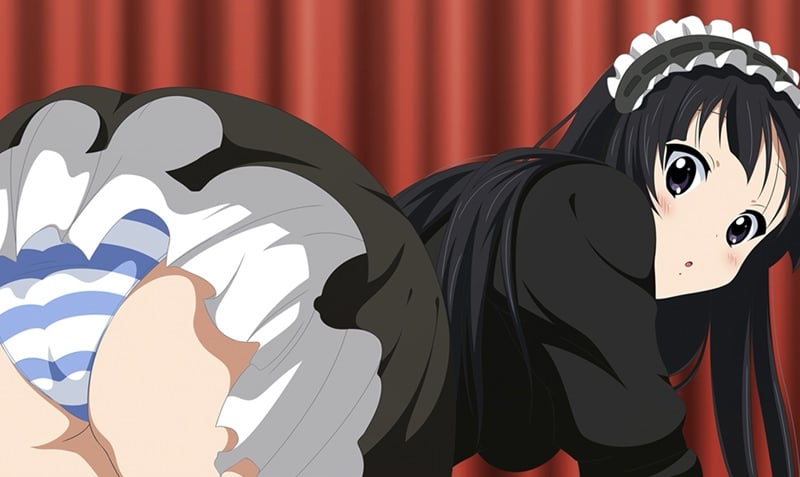Although most Japanese study English for six years, or up to ten if they take it in university, they’re not widely known for their linguistic skills. There are many reasons for this, including Japan’s approach to English as a tool for university entrance exams and not for actual communication, and the reality that Japan is an island nation where 98% of the people speak the same language. Japanese people can also be overly concerned about making mistakes, which is the kiss of death to open and free communication. Happily, I’m the type of language learner who never cared much about making errors when speaking, which is a good thing overall, although I have had my share of embarrassing slip-ups. Like the time I confused the word hinan (to evacuate) with hinin (to use a contraceptive) in mixed company, the time I tried to say “the Battle of Sekigahara” and accidentally substituted sekuhara (sexual harassment), or multiple instances of flubbing when ordering mango juice from a pretty waitress. (Mango is close to manko, a word which refers to female reproductive parts.) The new film The Disappearance of Haruhi Suzumiya is a fabulous achievement of animation, but its name in Japanese — 涼宮ハルヒの消失 Suzumiya Haruhi no Shoushitsu — is a potential land mine for non-native speakers. That’s because the word shoushitsu (SHO-shi-tsu), meaning “disappearance,” is dangerously close to 喪失 soushitsu (SOH-shi-tsu) which means “loss,” generally referring to the loss of something a girl can only lose once, i.e. “climbing the stairs of adult-hood.” So every time I go to say the title of the film in Japanese, I’m terrified I’ll make a Freudian slip.

I tread lightly when saying “The Disappearance of Haruhi Suzumiya.”.















